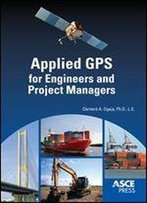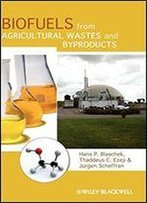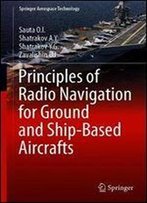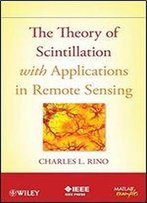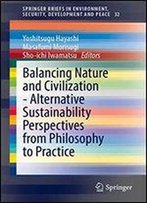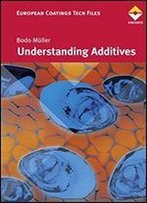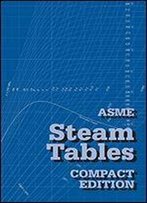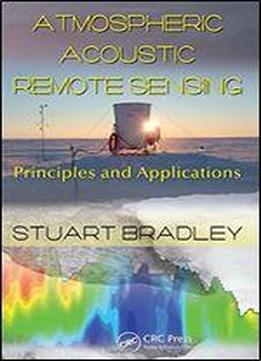
Atmospheric Acoustic Remote Sensing: Principles And Applications
by Stuart Bradley /
2007 / English / PDF
10.4 MB Download
Sonic Detection and Ranging (SODAR) systems and Radio Acoustic Sounding Systems (RASS) use sound waves to determine wind speed, wind direction, and turbulent character of the atmosphere. They are increasingly used for environmental and scientific applications such as analyzing ground-level pollution dispersion and monitoring conditions affecting wind energy generation. However, until now there have been no reliable references on SODAR and RASS for practitioners in the field as well as non-experts who wish to understand and implement this technology to their own applications. Authored by an internationally known expert in the design and use of SODAR/RASS technology, Atmospheric Acoustic Remote Sensing: Principles and Applications systematically explains the underlying science, principles, and operational aspects of acoustic radars. Abundant diagrams and figures, including eight pages of full-color images, enhance clear guidelines and tools for handling calibration, error, equipment, hardware, sampling, and data analysis. The final chapter explores applications in environmental research, boundary layer research, wind power and loading, complex terrain, and sound speed profiles. Atmospheric Acoustic Remote Sensing offers SODAR and RASS users as well as general remote sensing practitioners, environmental scientists, and engineers a straightforward guide for using SODARs to perform wind measurements and data analysis for scientific, environmental, or alternative monitoring applications.
